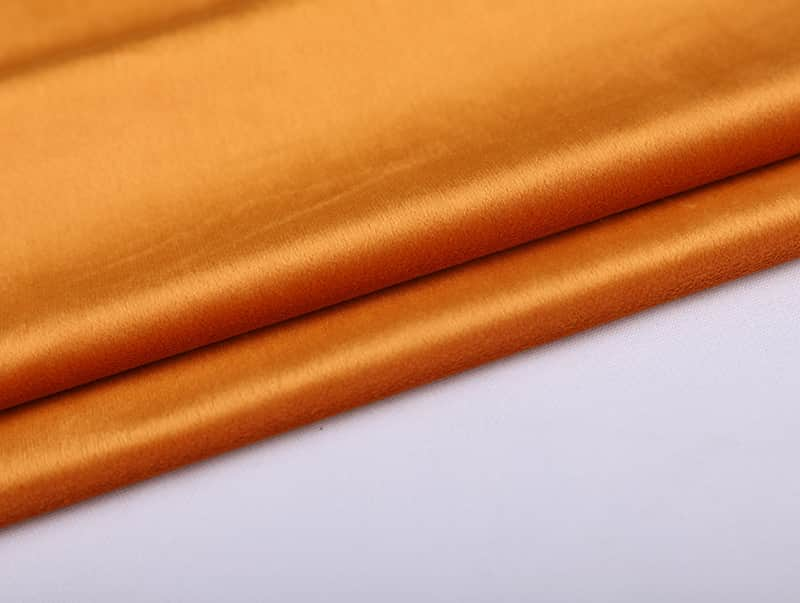Dry cleaning is often the preferred and safest method for cleaning velvet curtain fabrics due to their delicate pile and susceptibility to damage from water or harsh chemicals. However, in some cases, velvet curtains can be spot-cleaned with care, provided the right products and techniques are used. Below is a detailed explanation of when and how you can clean velvet curtains:
Why Dry Cleaning is Recommended
Preserves Pile Integrity: Velvet has a dense, plush pile that can flatten or become matted if exposed to moisture or improper cleaning methods. Dry cleaning uses solvents instead of water, which minimizes the risk of damaging the pile.
Avoids Color Bleeding: Many velvet fabrics are dyed deeply, and water-based cleaning can cause colors to bleed or fade, especially in synthetic velvets.
Professional Handling: Dry cleaners have specialized equipment and expertise to handle velvet fabrics gently, ensuring they maintain their shape, texture, and appearance.
When Spot Cleaning May Be an Option
If the velvet curtains are lightly soiled or have small stains, spot cleaning may be possible. However, this should only be attempted if:
The fabric care label explicitly allows for spot cleaning.
The stain is minor and does not require deep cleaning.
You test the cleaning method on an inconspicuous area first to ensure it doesn't damage the fabric.

How to Spot Clean Velvet Curtains
If spot cleaning is feasible, follow these steps carefully:
1. Vacuum First
Use a soft-bristled brush attachment on a vacuum cleaner to gently remove surface dust and debris from the velvet pile. This prevents embedded dirt from being pushed deeper into the fabric during cleaning.
2. Identify the Stain
Determine the type of stain (e.g., oil-based, water-based, or food/drink). Different stains may require slightly different treatments.
3. Choose the Right Product
Use a mild, pH-neutral detergent or a specialized velvet cleaner. Avoid harsh chemicals, bleach, or ammonia, as these can damage the fabric or alter its color.
For oily stains, cornstarch or talcum powder can help absorb the grease before cleaning.
4. Spot Clean Gently
Dampen a soft cloth or sponge with cool water and apply a small amount of the cleaning product.
Blot the stain gently, working from the outside edges inward to prevent spreading.
Do not rub or scrub, as this can crush the pile and leave permanent marks.
5. Rinse and Dry
After blotting the stain, use a clean, damp cloth to remove any soap residue by blotting with plain water.
Allow the area to air dry completely. Avoid using heat sources like hairdryers, as excessive heat can damage the velvet.
6. Restore the Pile
Once dry, use a stiff brush or a steamer on a low setting to gently lift and restore the pile to its original texture.
Important Considerations
Synthetic vs. Natural Velvet: Synthetic velvets (e.g., polyester) are generally more resistant to water and easier to spot clean than natural velvets (e.g., cotton or silk), which are more delicate and prone to damage.
Colorfastness: Always test the fabric for colorfastness in an inconspicuous area before applying any cleaning product.
Professional Advice: If you're unsure about spot cleaning, consult the manufacturer's guidelines or take the curtains to a professional cleaner experienced with velvet.











